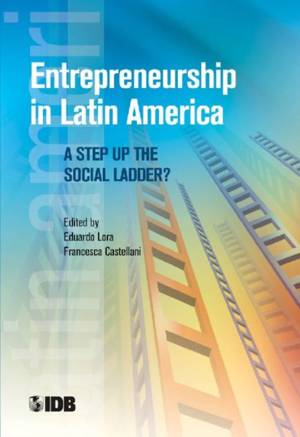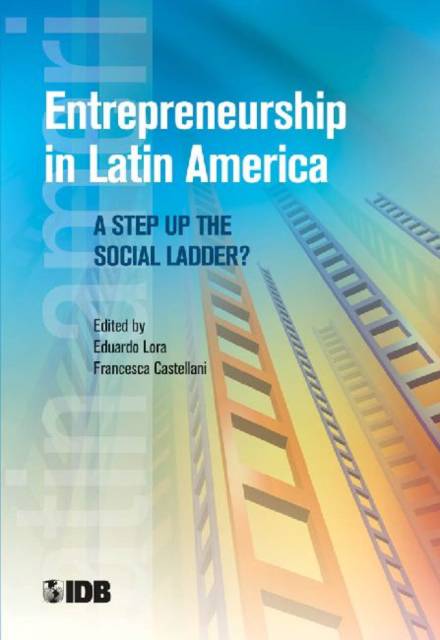
Door een staking bij bpost kan je online bestelling op dit moment iets langer onderweg zijn dan voorzien. Dringend iets nodig? Onze winkels ontvangen jou met open armen!
- Afhalen na 1 uur in een winkel met voorraad
- Gratis thuislevering in België vanaf € 30
- Ruim aanbod met 7 miljoen producten
Door een staking bij bpost kan je online bestelling op dit moment iets langer onderweg zijn dan voorzien. Dringend iets nodig? Onze winkels ontvangen jou met open armen!
- Afhalen na 1 uur in een winkel met voorraad
- Gratis thuislevering in België vanaf € 30
- Ruim aanbod met 7 miljoen producten
Zoeken
Omschrijving
"This book looks at both the potential and limits of policies to promote entrepreneurship as an important vehicle for social mobility in Latin America and the Caribbean. Who are the region's entrepreneurs? They tend to be middle-aged males with secondary and, often, tertiary education who represent only a small segment of the economically-active population in the six countries considered in this book. They come from families in which a parent is, or was, an entrepreneur. In fact, a parent's occupation is more important in the decision to become an entrepreneur than a parent's wealth, income or education. Middle class entrepreneurship tends to dominate the sample in part since this is the majority class in society. However, as a percentage of each social class, entrepreneurship tends to be higher in the upper class, followed by the middle and lower classes. Entrepreneurs concentrate in micro-enterprises with fewer than five employees. They enjoy greater social mobility than employees and the self-employed, but this mobility is not always in the upward direction. Entrepreneurs face multiple obstacles including stifling bureaucracy, burdensome tax procedures, and lack of financing, human capital, technological skills, and supportive networks. The support of family and friends, and a modicum of social capital, help them cope with these obstacles to entrepreneurship."
Specificaties
Betrokkenen
- Auteur(s):
- Uitgeverij:
Inhoud
- Aantal bladzijden:
- 208
- Taal:
- Engels
- Reeks:
Eigenschappen
- Productcode (EAN):
- 9781464800085
- Verschijningsdatum:
- 25/11/2013
- Uitvoering:
- Paperback
- Formaat:
- Trade paperback (VS)
- Afmetingen:
- 152 mm x 226 mm
- Gewicht:
- 340 g

Alleen bij Standaard Boekhandel
+ 68 punten op je klantenkaart van Standaard Boekhandel
Beoordelingen
We publiceren alleen reviews die voldoen aan de voorwaarden voor reviews. Bekijk onze voorwaarden voor reviews.











